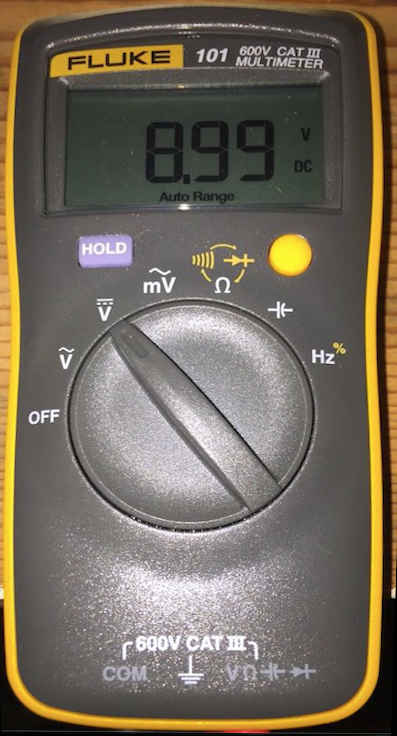I picked up a Hewlett-Packard 3457A digital multimeter. This is professional quality test equipment and it places the lab into a new league of measurement capability.

Laboratory Grade Equipment
I have been on the web researching metrology quality meters for the past few months. So, when I saw this unit, I had to get it. I paid a little bit more than usual for this than for my other equipment, but it is still a bargain price for laboratory grade equipment.
The 3457A came to market in 1986. The chassis is wide and designed to fit in an equipment rack. It’s not very tall and it’s not very deep, so it fits nicely on my shelf.
So Many Buttons
The 3457A is a 6.5 digit multimeter that can measure everything that I would need to measure in any of my projects. It has one of the greatest number of buttons of any piece of equipment past or present. There are 42 front panel buttons, not including the power button, and all but a couple the buttons have a secondary function. That is a lot of buttons.
So Many Digits
At 6.5 digits, the display can show a full six digits to the right of the decimal point. That’s a lot of digits. 1 The number of digits is not always a good measure of the capability of a meter. Along with the number of digits displayed, the accuracy and resolution of a meter is also determined by the number of “counts” 2.

Best of all, this 3457A, and all other HP equipment, has a computer interface, HP-IB.3 Granted, it’s not modern ethernet wi-fi, but it has computer control capability to enable laboratory automation.
Laboratory automation, that’s my goal.
Since, there is so much to talk about with this DMM, I will save it for a dedicated page later on. But for now, I have to go play with this thing.

